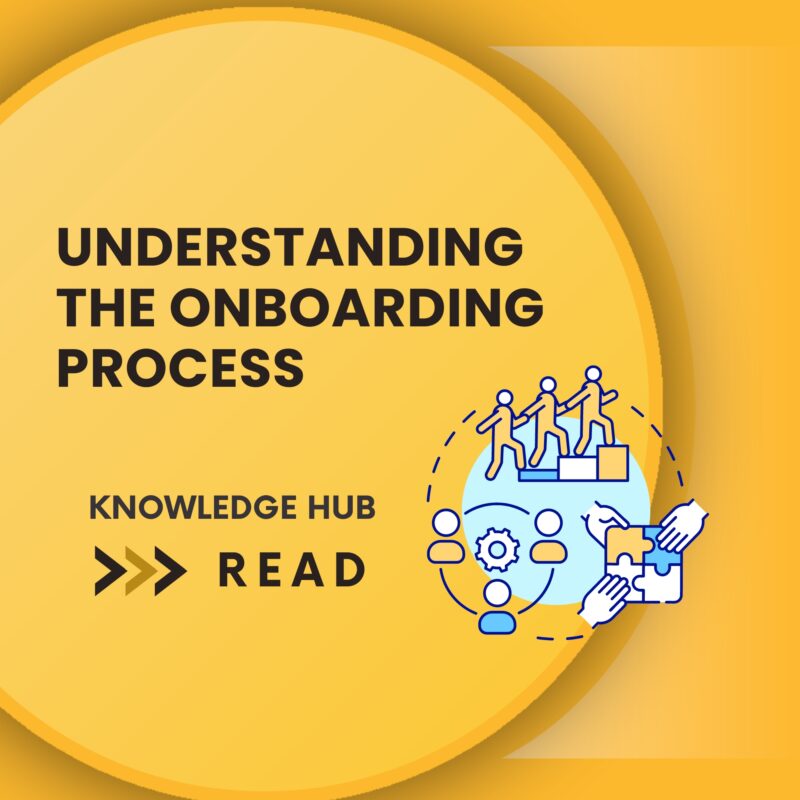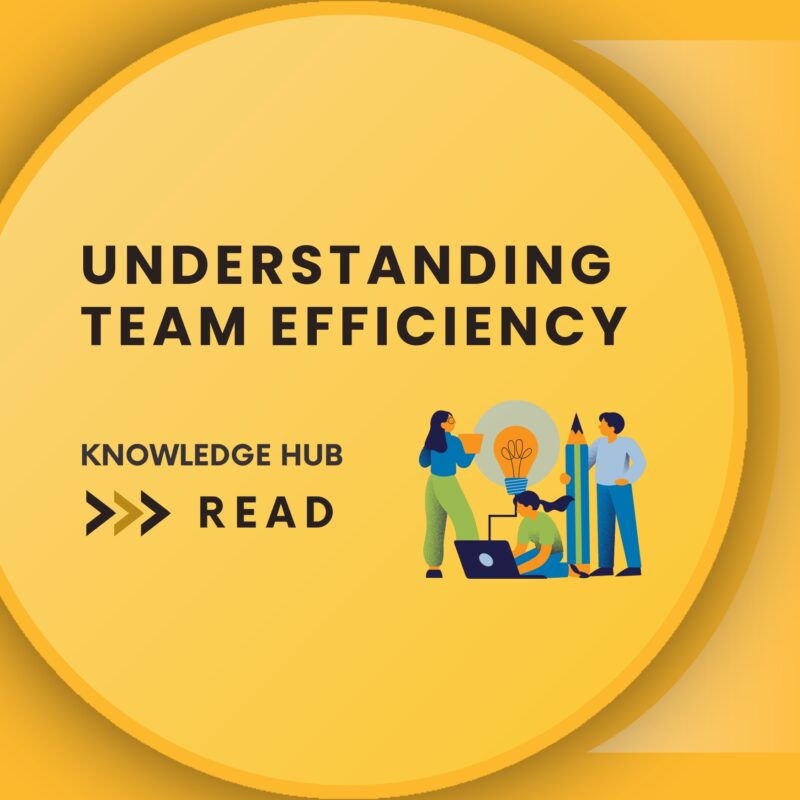Crafting a Successful Presentation: The Power of Setting Clear Goals and Agendas
0.00 zł
In the realm of business, academia, or even everyday interactions, presenting information effectively is a crucial skill set. Running presentations can be a daunting task, but by focusing on key elements like sharing goals, agendas, and providing structure, you can significantly enhance the impact of your delivery. A well-structured presentation not only conveys the message clearly but also engages the audience and ensures that the key takeaways are communicated effectively.
Importance of Setting Clear Goals and Agendas
Setting clear goals and agendas at the beginning of a presentation serves as a roadmap for both the presenter and the audience. By clearly defining the purpose of the presentation, participants can align their expectations and understand the direction of the discussion. Sharing the agenda provides a structure that guides the flow of information, making it easier for the audience to follow along and grasp the main points being presented.
Benefits of a Proper Beginning
When the goals, agenda, and key takeaways of a presentation are transparently communicated at the outset, several benefits emerge. Firstly, it sets the stage for effective communication by establishing a common understanding among all participants. Secondly, it creates a sense of transparency and professionalism, showcasing the presenter’s preparedness and professionalism. Finally, a clear beginning sets a positive tone for the rest of the presentation, capturing the audience’s attention and setting expectations for what is to come.
Examples of Presenting Goals in English:
- „The goal of today’s presentation is to introduce our new product line and its unique features.”
- „Our objective for this meeting is to discuss the upcoming project timeline and address any concerns you may have.”
- „I aim to highlight the financial performance of our company over the past quarter in this presentation.”
- „The purpose of this session is to explore new marketing strategies to enhance our customer engagement.”
- „Our goal is to present the research findings and propose actionable recommendations for future growth.”
Examples of Presenting Agendas:
- „To start off, we will cover the market analysis, followed by a discussion on our competitors.”
- „The agenda for today includes an overview of our business model, a demo of our product, and a Q&A session.”
- „We will be delving into three main topics: project updates, budget considerations, and team collaboration.”
- „The presentation will be divided into three sections: introduction to the problem, proposed solutions, and implementation strategies.”
- „Our agenda comprises an analysis of current trends, a brainstorming session, and a roadmap for future actions.”
By incorporating clear goal and agenda-setting practices into your presentations, you not only enhance your communication skills but also demonstrate a mastery of professional language usage and captivate interest of your audience. Non-native speakers can leverage these strategies to strengthen their command of English and effectively convey their message in various settings. Mastering the art of goal and agenda setting, you pave the way for more impactful, organized, and engaging presentations that leave a lasting impression on your audience. Embrace these practices, expand your language command, and watch as your communication skills soar to new heights.
Vocabulary with Definitions and Examples:
- Realm (noun) A field or domain in which something operates or has power.
Example: In the realm of technology, innovation is constant and essential for staying competitive. - Daunting Task (noun) A challenging or intimidating undertaking.
Example: Preparing for a presentation can be a daunting task, but with proper planning, it becomes more manageable. - Enhance (verb) Improve or increase in quality, value, or extent.
Example: Adding visuals to your slides can enhance the audience’s understanding of complex concepts. - Convey (verb) Communicate or make known.
Example: An effective presenter uses body language to convey confidence and credibility to the audience. - Align (verb) Bring into a position or arrangement that is in proper relation or parallel to something else.
Example: It’s important to align your actions with your goals in order to achieve success. - Grasp (verb) Understand or comprehend something.
Example: The students were able to grasp the concept quickly thanks to the engaging presentation. - Takeaways (noun) The main points or lessons to be learned from something.
Example: One of the key takeaways from the workshop was the importance of effective communication. - Showcase (verb) Display or exhibit something to its best advantage.
Example: The company’s annual report showcased their achievements and milestones over the past year. - Preparedness (noun) The state of being ready or able to deal with something.
Example: Her level of preparedness for the presentation impressed the audience. - Captivate (verb) Attract and hold the interest of.
Example: The speaker’s storytelling ability captivated the audience throughout the presentation. - Leverage (verb) Use (something) to maximum advantage.
Example: You can leverage visual aids to enhance the impact of your presentation. - Pave the way (idiom) Create a path or make preparations for something to happen.
Example: By setting clear goals and agendas, you pave the way for a successful and organized presentation. - Soar (verb) Greatly improve or increase rapidly
Example: With proper planning and engaging content, your presentation skills can soar to new heights, captivating your audience
Jeśli chcesz otrzymać plik w formacie PDF, kliknij przycisk „Kup teraz”.




